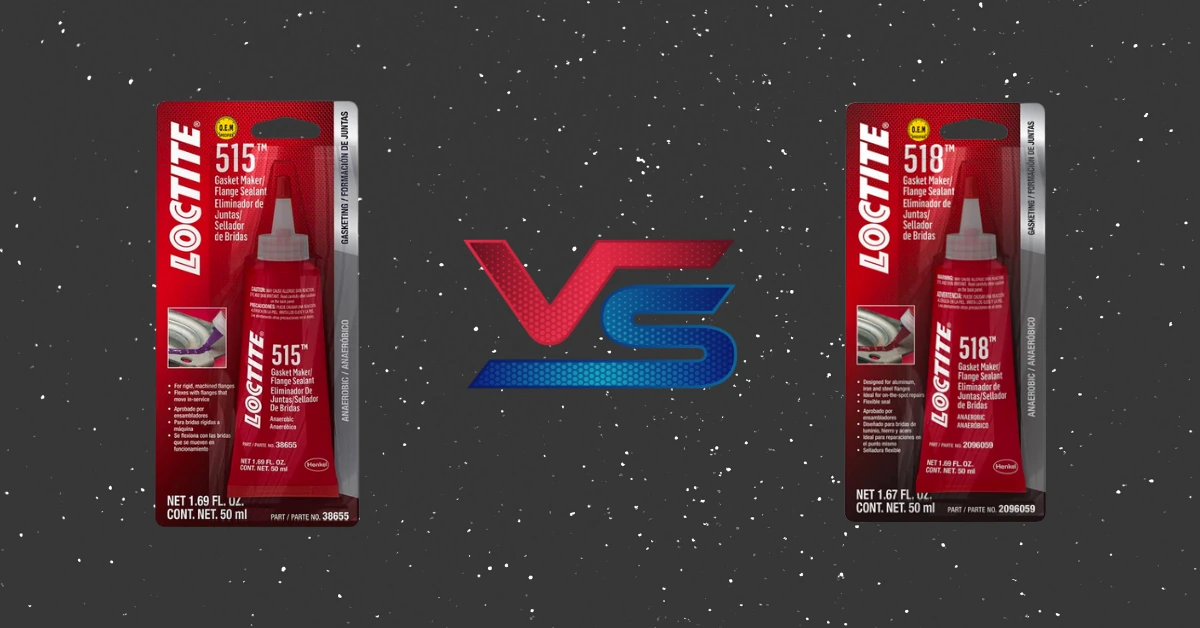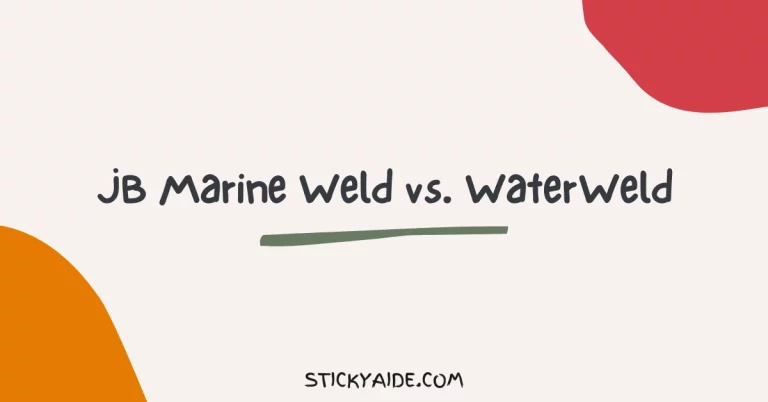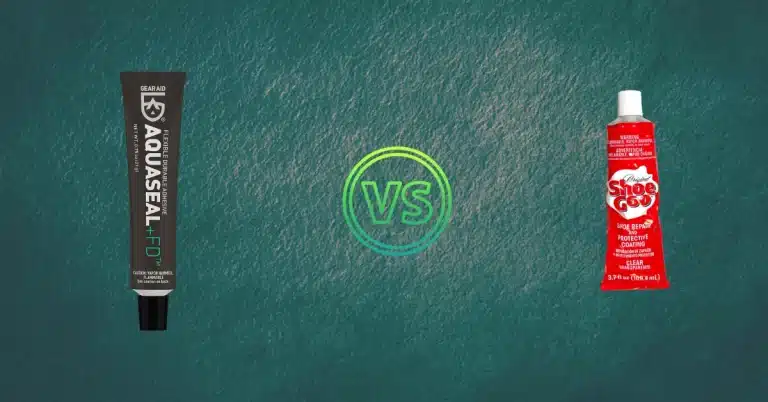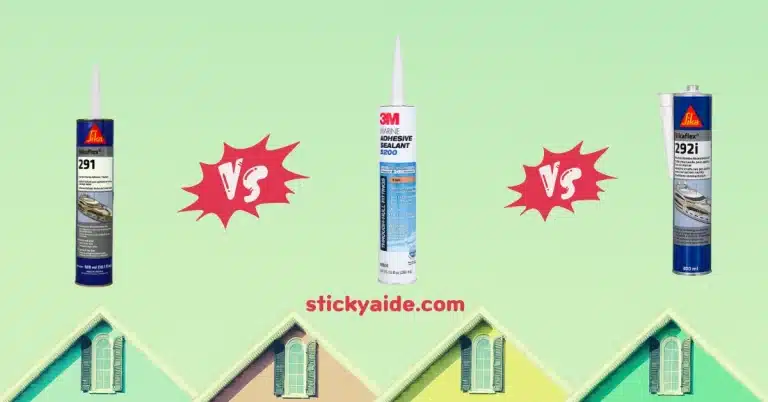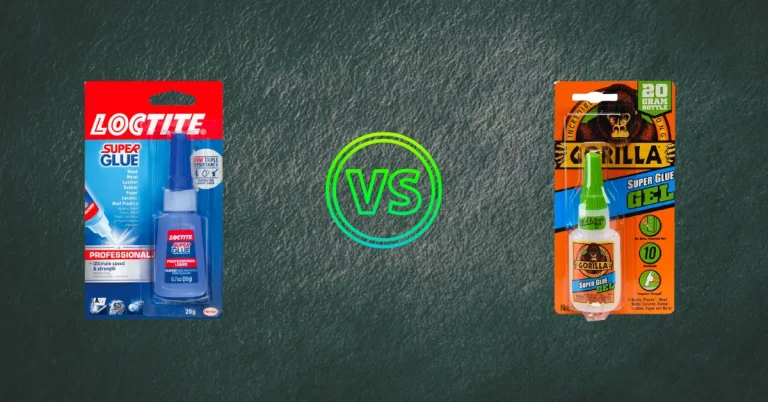If you’re looking for a gasket maker and flange sealant, you may come across Loctite 515 and 518; these are excellent sealants performing closely to each other, with some similarities and some differences.
Picking the proper glue that correctly suits your purpose is essential since it ensures long-time functionality and saves you from further repairs.
So, in the debate of Loctite 515 Vs. Loctite 518, which one should you go for? I’ll review their features and differences in this article, so keep reading.
Read More: Loctite 510 vs. 518
Loctite 515 vs. Loctite 518
About Loctite 515
Loctite 515 is a flange sealant produced by Loctite Henkel with medium cure speed. The 515 is typically used to seal between metal faces which are narrow fitting. It is relatively easier to use since it’s composed of a one-part component which needs no further mixing.
Loctite 515 works well with a range of metals and is typically used for machined metal flanges and components to form a seal between them. You can use the Loctite 515 for sealing up gaps up to 0.25mm.
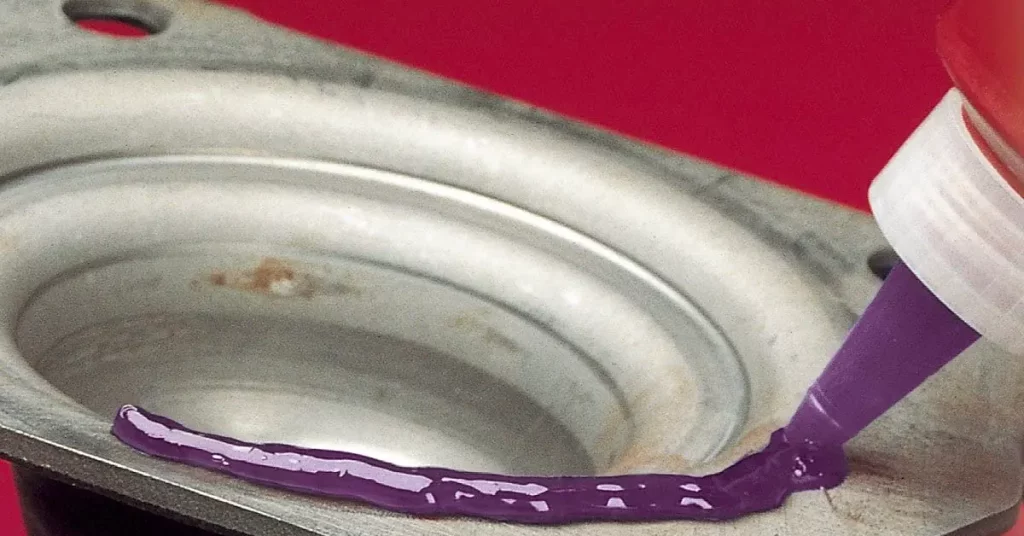
The Loctite 515 is a Methacrylate based anaerobic cure and comes in Purple. The cure type for the 515 is Anaerobic, and it uses acrylic technology for sealing purposes. You have to ensure you don’t store the 515 in too hot or too cold since the optimal temperature range is from 8°C to 21°C.
Typically, you can use the Loctite 515 as a sealant for axle covers, compressors, and transmission housing or as a gasket for pumps. The 515 is a high-viscosity, medium-strength sealant, so you can use it as a gasket sealant without any worries.
Since the 515 cures anaerobically, you can use it as a sealant for gaps up to 0.25mm. If you use the Loctite 515 without a primer, the 515 will be set between 1 hour to 12 hours. If you use a primer alongside the 515, the set time ranges from 15 minutes to 120 minutes.
The Loctite 515 works well with all metals and works well with various passive substrates. You also don’t have to worry about minor oil contaminations with it since the 515 would not rust.
Read More: Loctite Blue vs. Red
About Loctite 518
Loctite 518 is also made by Loctite Henkel and works as a flange sealant. You can use it for gasketing purposes, and the 518 works well with casted iron, steel or aluminium flanges.
Once the 518 cures altogether, it creates a flexible, chemical-resistant seal. Furthermore, once it’s cured, the 518 does not tear or decay, making it ideal for long time usage.
You can use the 518 for transmission systems, motor housings, or rigid flanged connections. Unlike conventional gaskets, for the 518, you don’t need a manual assembly, making it ideal for even beginners to use the product. Instead, the 518 uses a dispensing system that’s easy to use.
You can use the 518 without an activator for stainless steel or aluminium, unlike other conventional gaskets where you need to use an activator.
You can use the 518 as a compression gasket without the fear of failure or leakage since the 518 can withstand and resist high pressure and fills all voids once it’s cured.
The 518 also cures anaerobically and comes in red. The 518 has an operating temperature rating ranging from -55°C to 150°C, making it ideal for many situations.
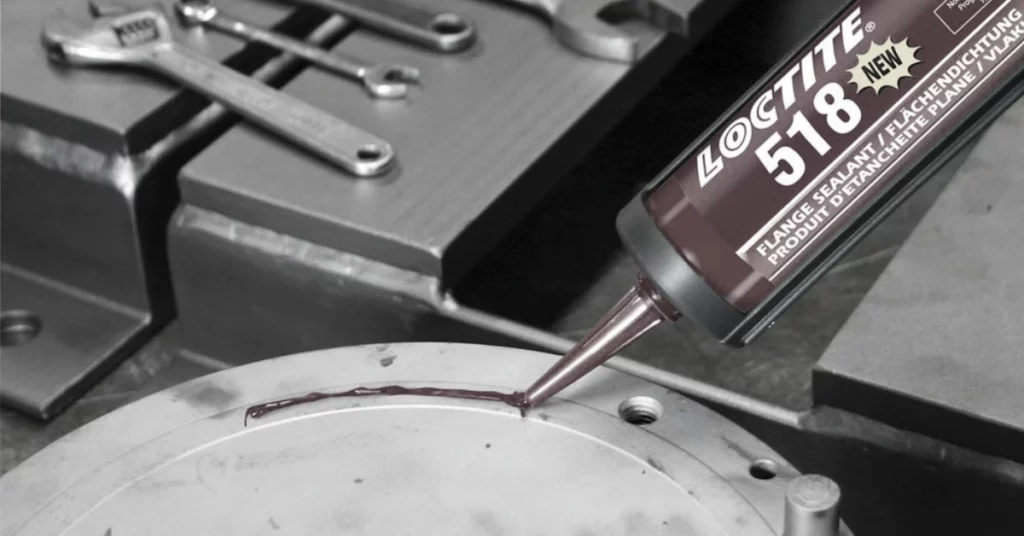
Read More: Loctite 242 vs. 243
Main Differences Between Loctite 515 And Loctite 518
Now that I’ve gone over what the 515 and 518 offer, let’s examine their differences.
Best Substrates to Use On
The 515 works excellent with all metals and works well with aluminum and stainless steel substrates.
On the other hand, the 518 works well with casted iron, steel or aluminum. Furthermore, it also works well with metal.
Cure Type and Color
The Loctite 515 cures anaerobically and comes in purple.
The 518 also cures anaerobically but comes in red.
Fixture Time and Maximum Gap Fill Length
The 515 has a fixture time of 30 mins, and you can use it for gaps up to 0.25 mm.
On the other hand, the 518 has a shorter fixture time of 25 minutes and fills gaps up to 0.25 mm.
Optimal Storage and Operating Temperature
Both the 515 and 518 have similar storage and operating temperature.
The optimal storage temperature ranges from 8°C to 21°C for both products.
The ideal operating temperature is between -55°C to 150°C.
Chemical Base
The 515 is based on Methacrylate and has an anaerobic cure system.
The 518 is based on Dimethacrylate ester, and the cure system is anaerobic.
Read More: Loctite 222 vs. Loctite 222ms
Last Opinion
So, the 515 and 518 work as flange sealant and gasket makers and are two of the top-of-the-line gaskets you can get.
So, which one should you pick in the Loctite 515 vs. Loctite 518 battle? It depends on the materials you’ll be using it on. Furthermore, the 518 also has a slightly shorter fixture time than the 515.

